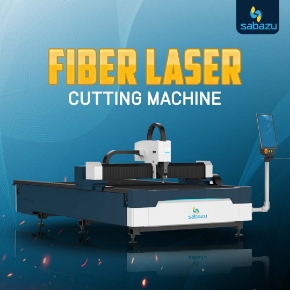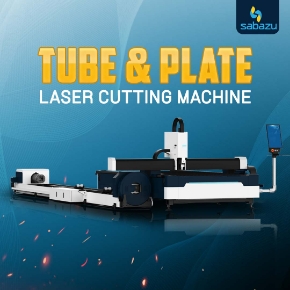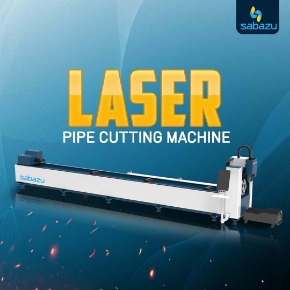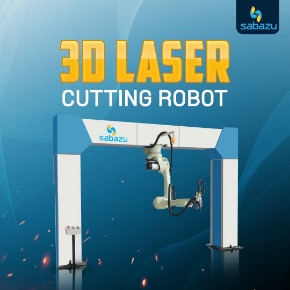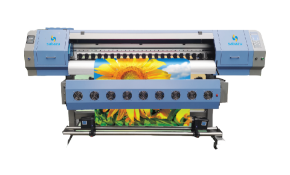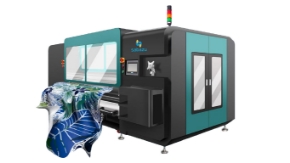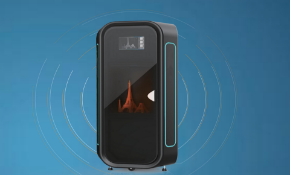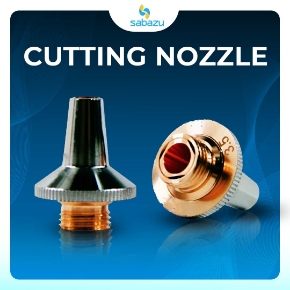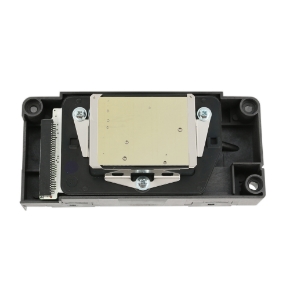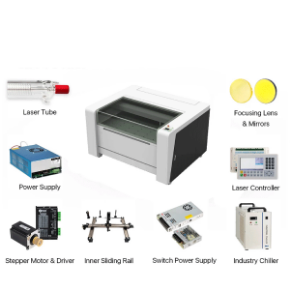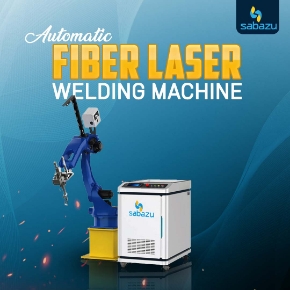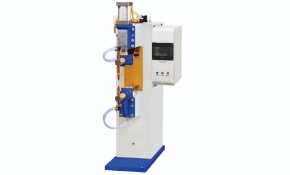SH6016T LASER TUBE CUTTING MACHINE WITH VARIABLE DIAMETERWHEEL
Sabazu Key Features Superior Cutting Stability Sabazu machines ensure stable and consistent cutting performance by minimizing vibration and maintaining rigidity throughout operation. Powerful Dynamic Performance Robust motors and optimized drive systems deliver strong torque and rapid acceleration, enabling fast, smooth cuts even under heavy loads. Automated System for Greater Efficiency Integrated automatic loading/unloading, programmable controls and optional sensors reduce manual labor, speed up cycle times, and increase throughput. Pneumatic Self-Centering Chuck A pneumatic self-centering chuck enables quick, precise workpiece clamping. It ensures uniform grip, faster setup times, and reduces misalignment.

